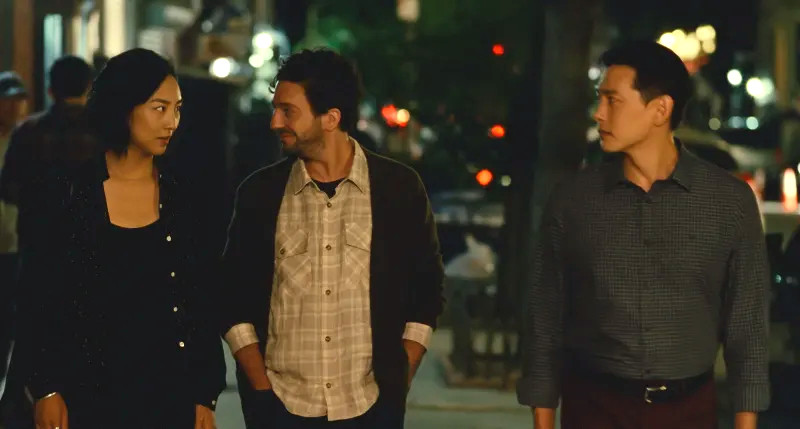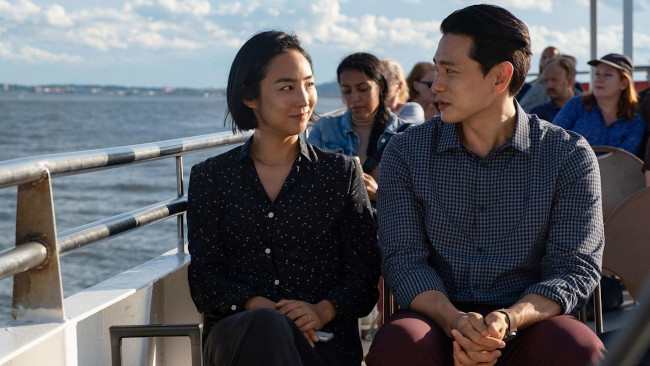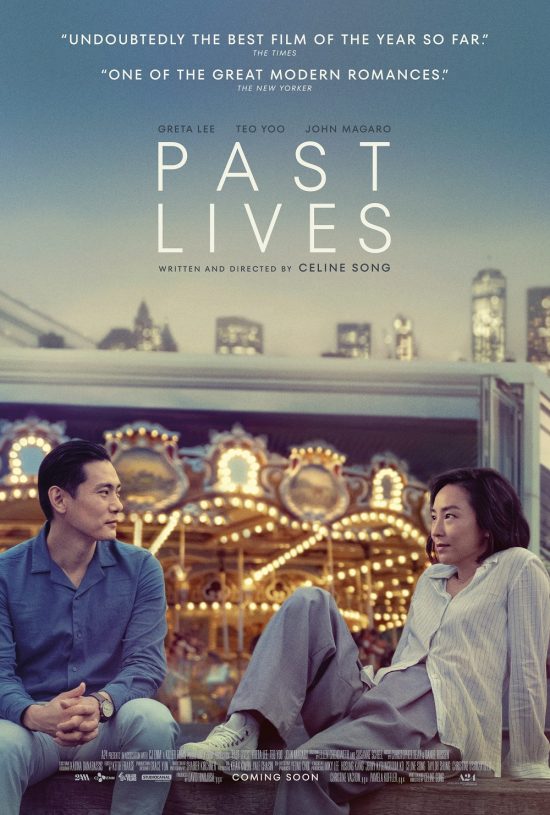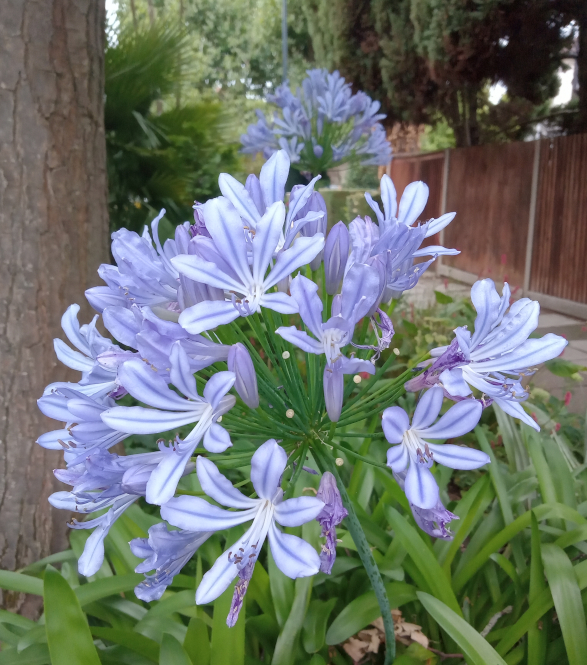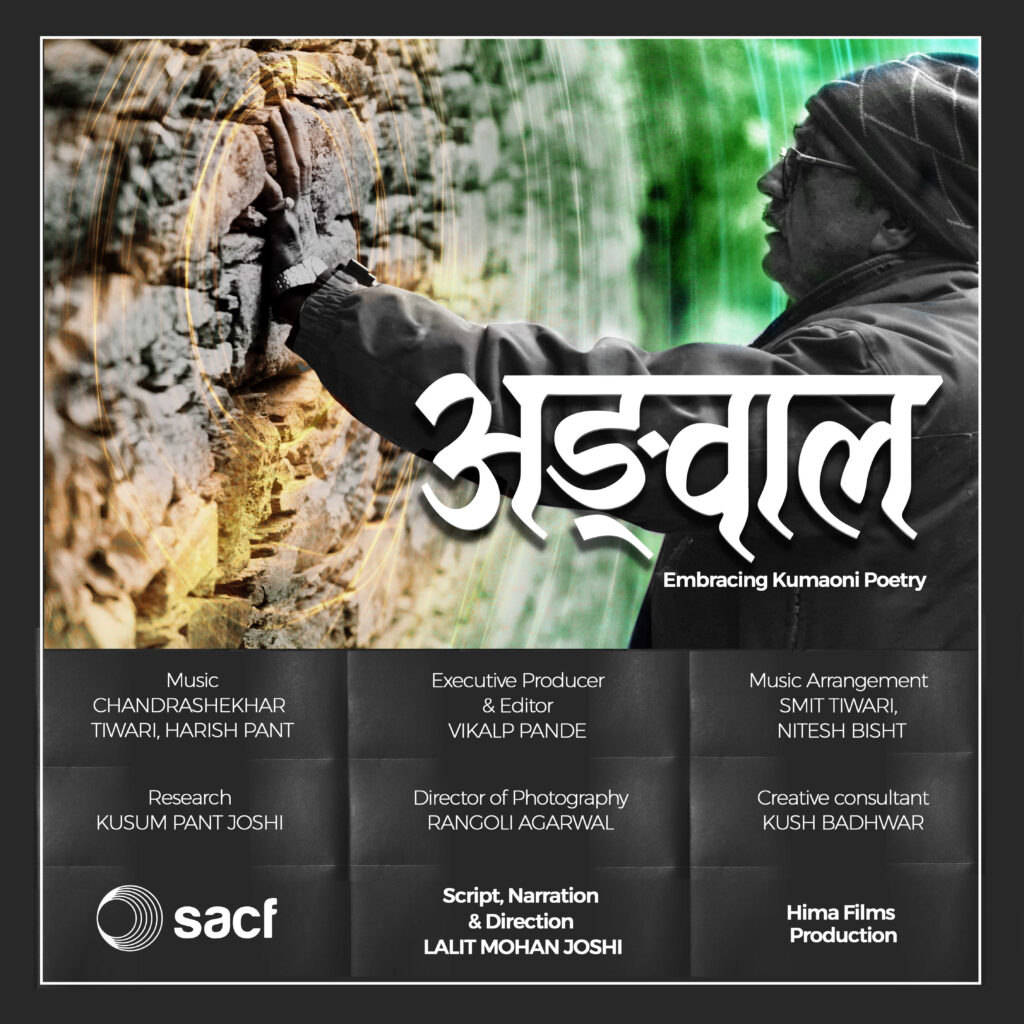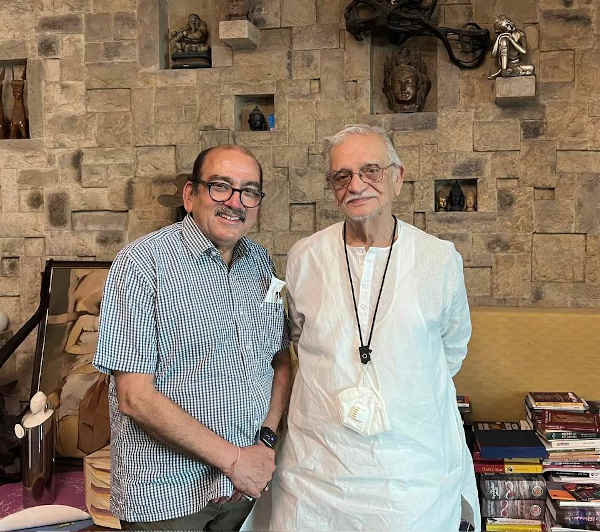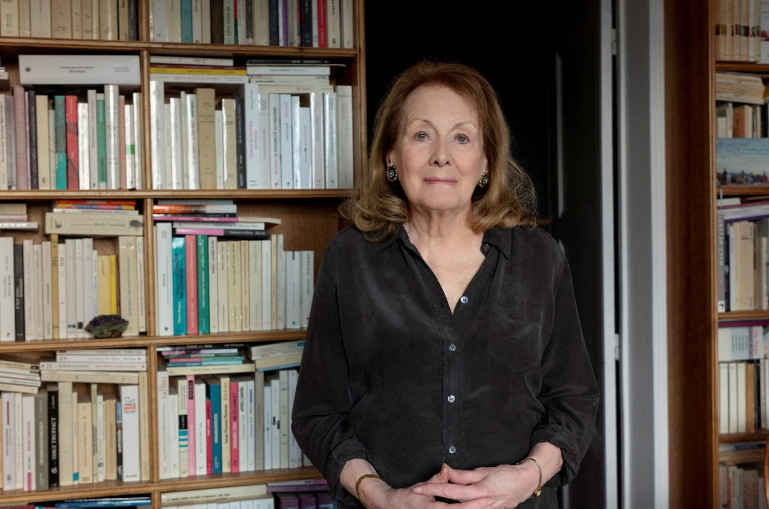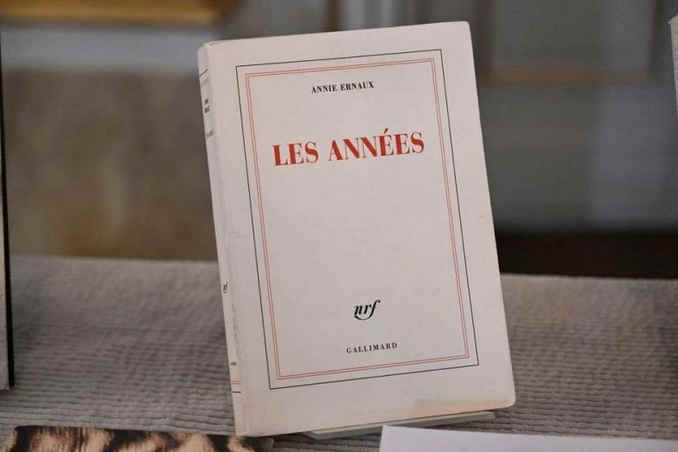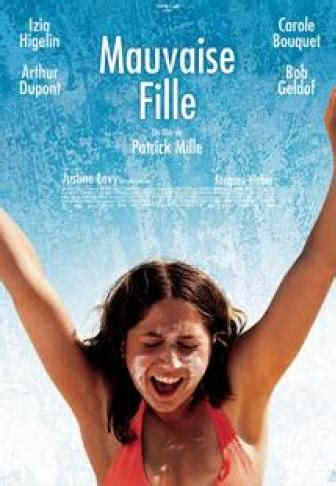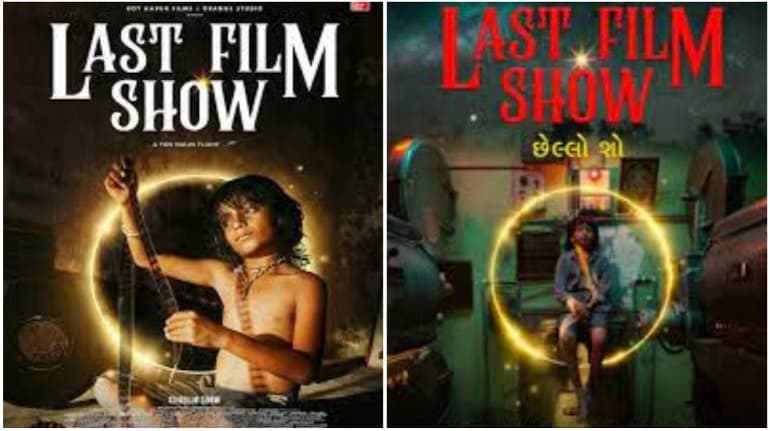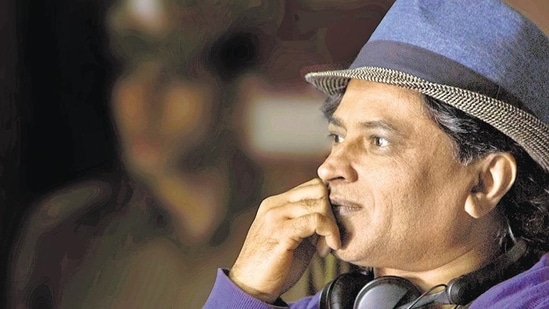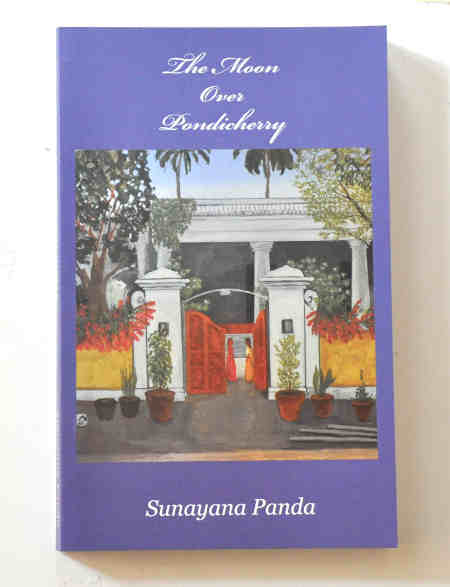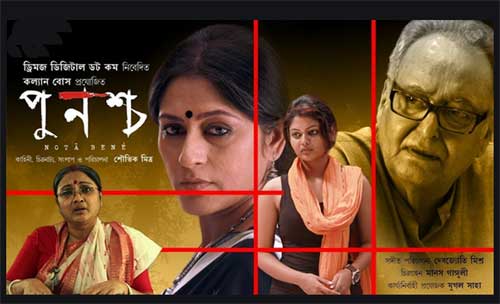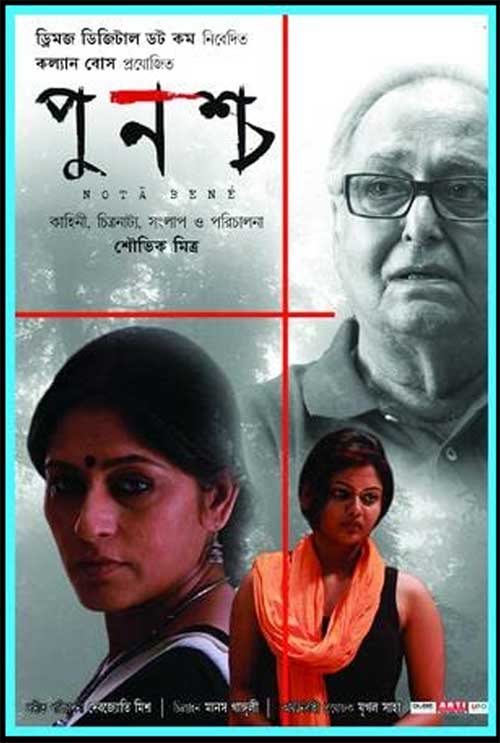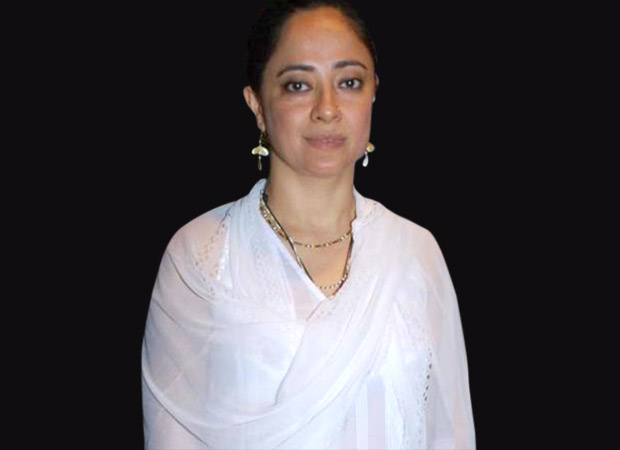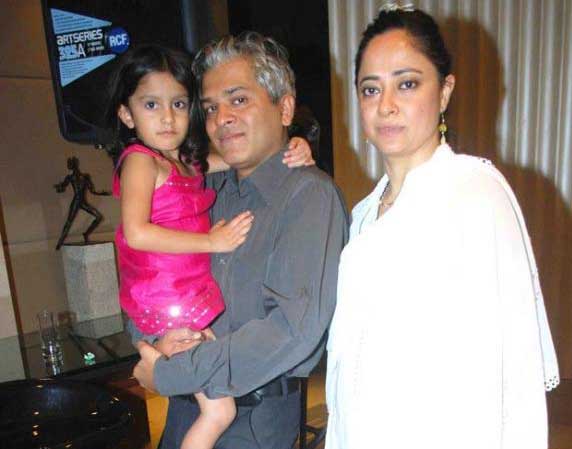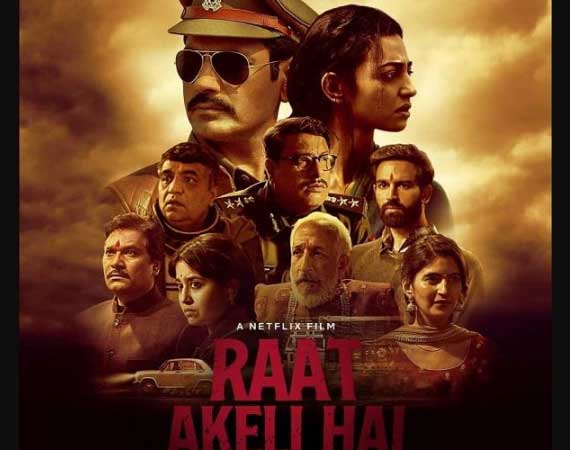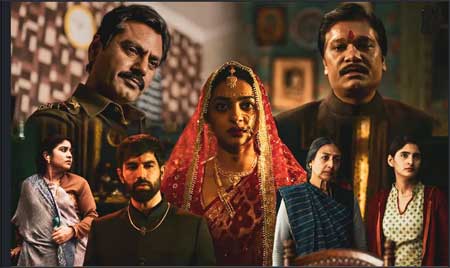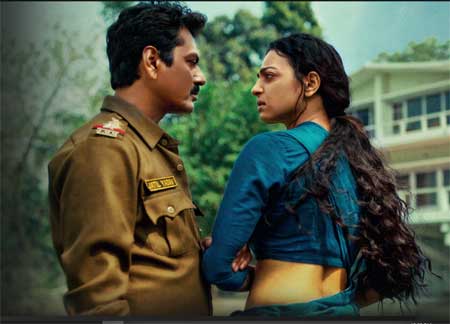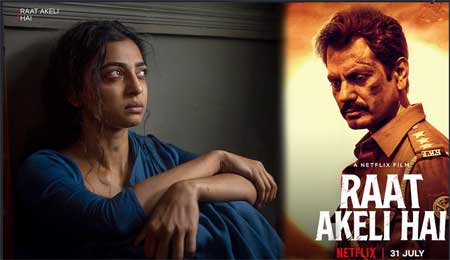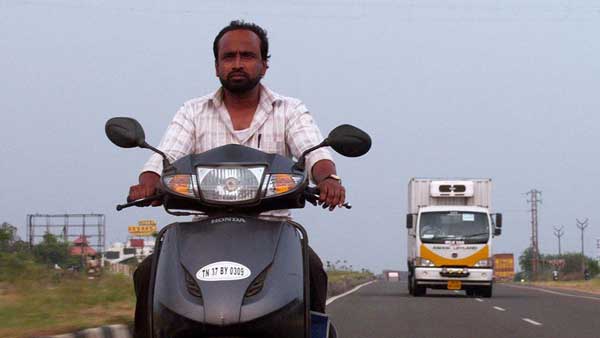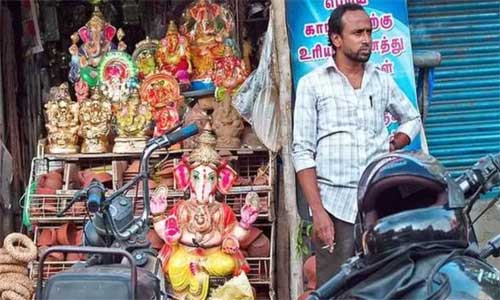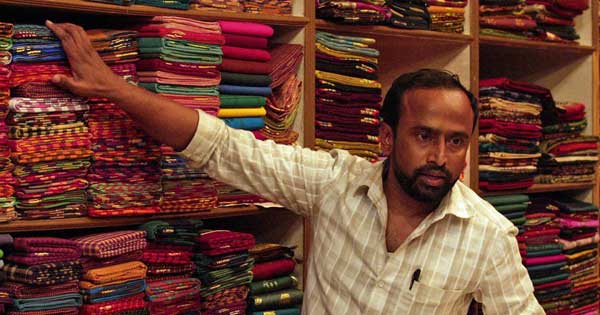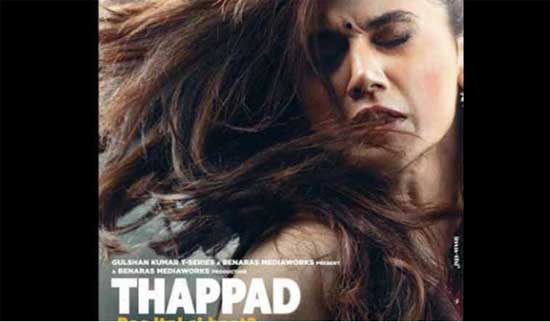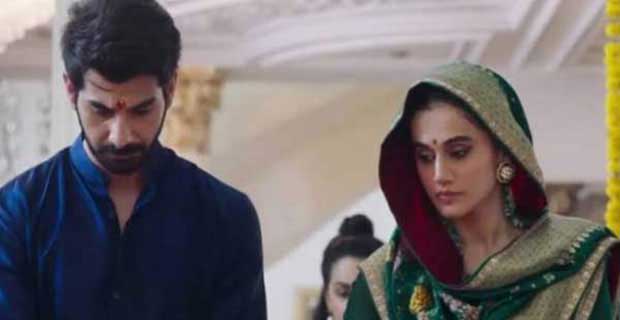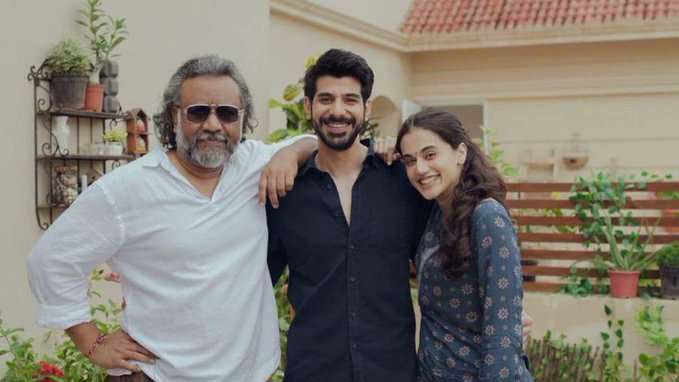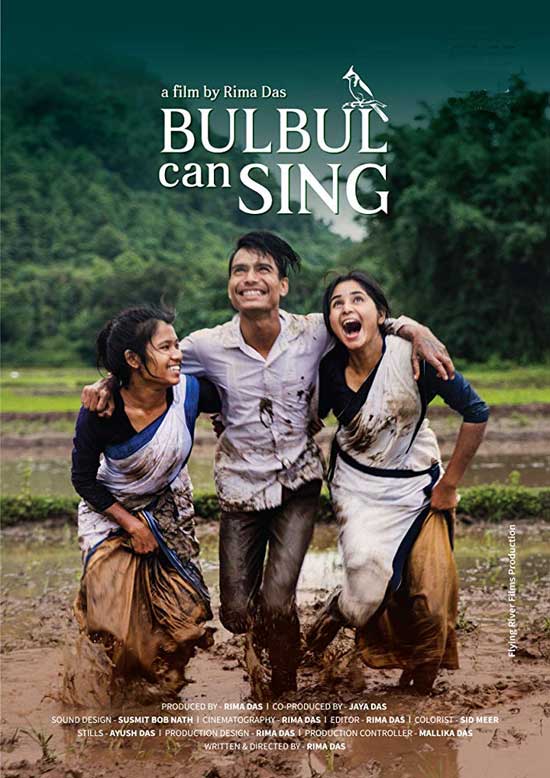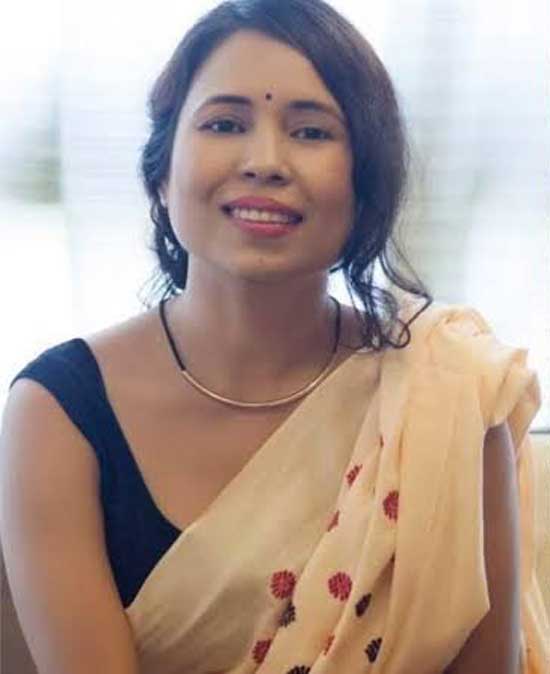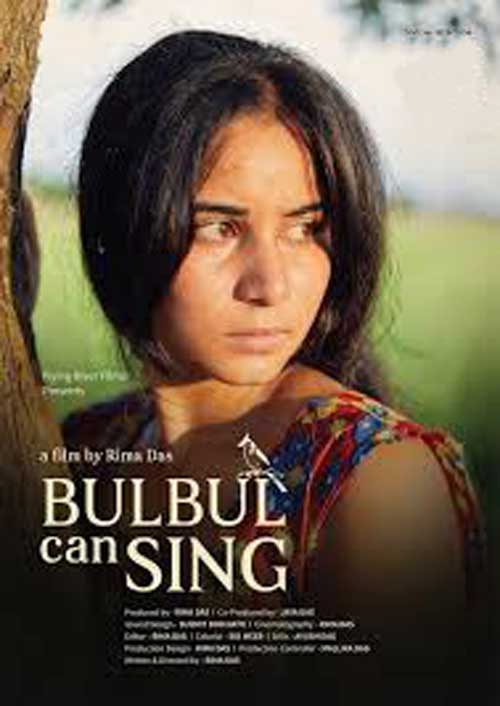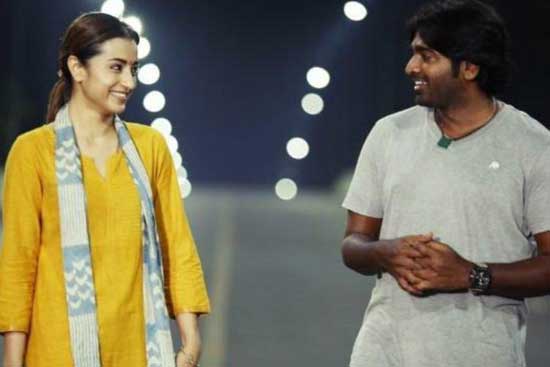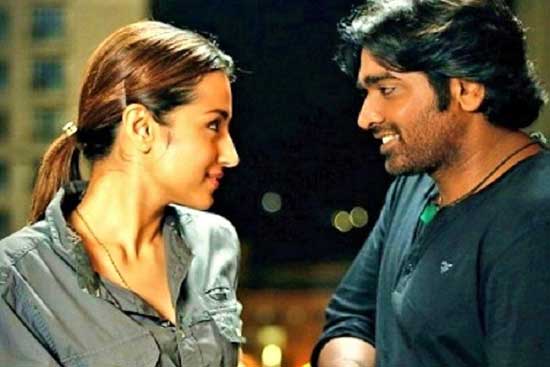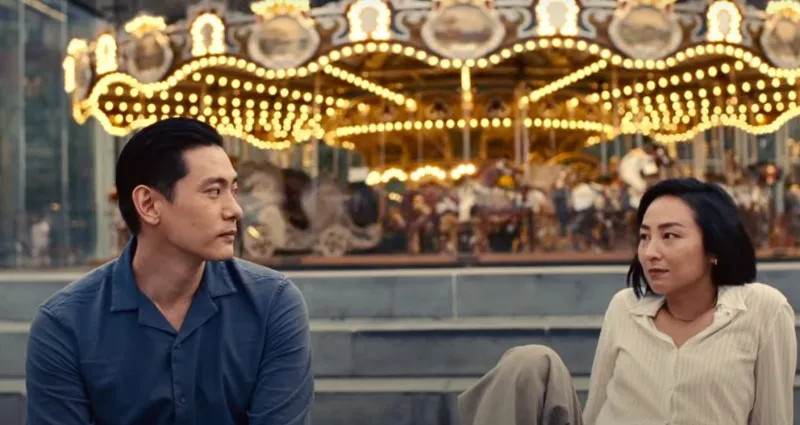
This is the first film made by Celine Song, a Korean-Canadian woman living and working in the USA. It is difficult to believe that she has made such a perfect film in her very first attempt. But then she is no new comer to the world of performing arts. She has been a playwright and a theatre director for a decade.
The story is a simple one and partly autobiographical. Celine Song has taken moments from her own life and created this film. This is why the writing is so convincing and touching. The dialogues sound so real.
The film is about two children who are about 12 years old and who love each other but they are separated when the girl’s parents move to Canada. The two get back in touch after 12 years when they are 24 years old but their contact is only through Skype. They are both in the middle of preparations for their future professions so they get cut off again. We see them again after 12 years when they are 36. By now young woman is married and has become a playwright and is working in the field of theatre.
I watched at least ten youtube reviews of this film and I was surprised to hear each time that many people were in tears when the film ended. Sometimes the reviewers said that they were themselves crying when they saw the last scene or that the entire theatre was sobbing by the time the last scene ended. What does this say? That this story, which is based on a true story, has touched a very deep spot in everyone’s heart. It may also be that a lot of people have lived a variation of this story and were touched to see their own story on the screen. It could also be that those who have left their country of birth and have settled in another country could identify with the characters and their dilemma. Often such people have two or three different selves, different personalities, within themselves.
At the core of the film is the notion of “In-Yun”. This is a Korean concept of how people are connected from previous lives. The title of the film is “Past Lives” and it points at this idea that our stories continue from past lives. This is actually a very Asian belief and all Asians can understand it without any difficulty.
This film would have fallen flat if it had less capable actors. Celine has chosen the perfect cast and the acting is like a song where the notes hit exactly the right spots. The actors have, all of them, a background in theatre which makes them just right for this kind of a film where a lot is said without using words. The eyes speak volumes and also the body language says so much. There is a fine balance of what is said and what is not said. The female lead is played by Greta Lee and the two male actors are Teo Yoo and John Marago.
Most reviewers said that this is surely the best film of the year and that if it doesn’t win at least one Oscar award they will be very surprised. This film’s success will bring back the old style of film making. Hopefully films will become more artistic and poetic.
I did not see the end of the film as the end of the story because I know very well that now they are connected. A phone or a screen , can bring them back to each other. At least they can communicate. The story will continue. They will meet again when they are 48. Who knows what will happen then. They could unite and live together. The possibilities are open. As long as there is life there is hope.
I thought the Korean actor Teo Yoo was just fantastic. There is something so delicate and touching about him that I could watch him on a loop. I was very surprised to find out that the actor was born and brought up in Germany, because he has his Korean identity fully intact.
Everyone is praising the music. I was so immersed in the visuals that I did not even notice it. And that is how it should be.
The cinematography is excellent. The camera is intensely focused on these three characters and we see nothing else beside their lives, their looks, feelings and movements.
Celine Song is an extraordinary director. I look forward to seeing her next work.
This is a film which can’t be missed.
